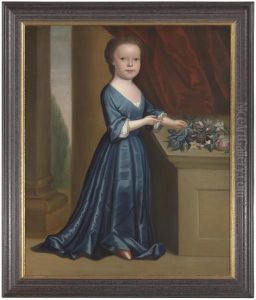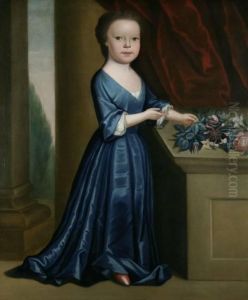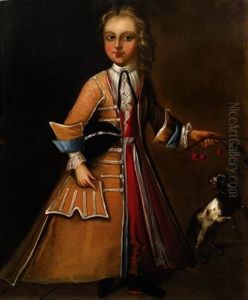Gerardus Duyckinck Paintings
Gerardus Duyckinck I was an American painter, born in 1695 in New York City, which was then a small colonial town. He was a member of the Duyckinck family, a prominent family of the area, and his life and work are associated with the early history of painting in America during the colonial period. Despite the family's prominence, information on Gerardus Duyckinck's early life and training is sparse, which is not unusual for artists of his era in the colonies. It is believed that he may have learned his craft from his relatives or from other itinerant painters of the time.
Duyckinck was active as an artist from around 1715 until his death in 1746. During his career, he established himself as a respected portrait painter. Gerardus Duyckinck's style was influenced by the European Baroque tradition, but his paintings also reflect the more straightforward and less ornate qualities that would come to characterize much of American colonial art. His portraits are noted for their simple backgrounds, which put an emphasis on the subject.
One of his most recognized works is the 'Evans-Farmer' family portrait collection. Duyckinck's clientele mainly consisted of wealthy and influential individuals in colonial society. His ability to capture the likeness and status of his subjects made him a sought-after artist of his time. Gerardus Duyckinck I is often mentioned alongside other early American artists such as John Watson and Pieter Vanderlyn as one of the forerunners who set the stage for the development of American art.
Duyckinck's contribution to American art history is also significant in that he belonged to a small group of artists working in the colonies who documented the faces and personalities of colonial Americans. This has provided a visual record of the people and the times that would have otherwise been lost. He passed away in 1746 in New York, leaving behind a legacy that provides insight into the early cultural and artistic heritage of America.


